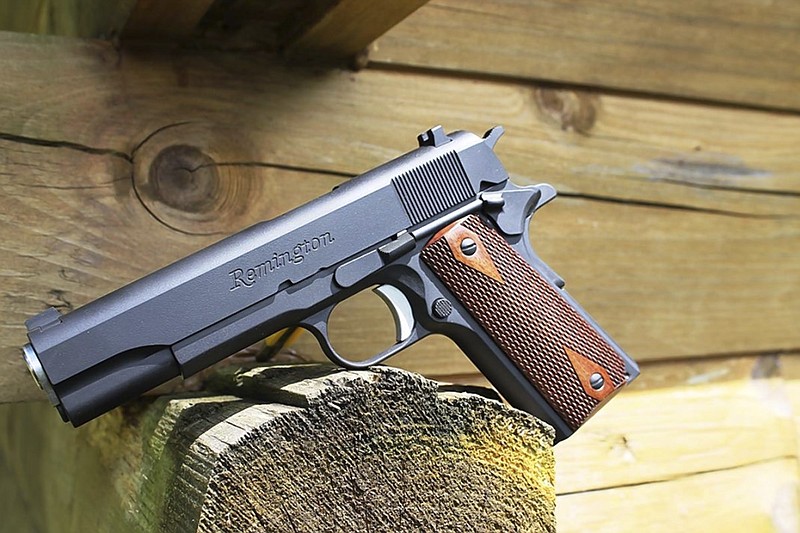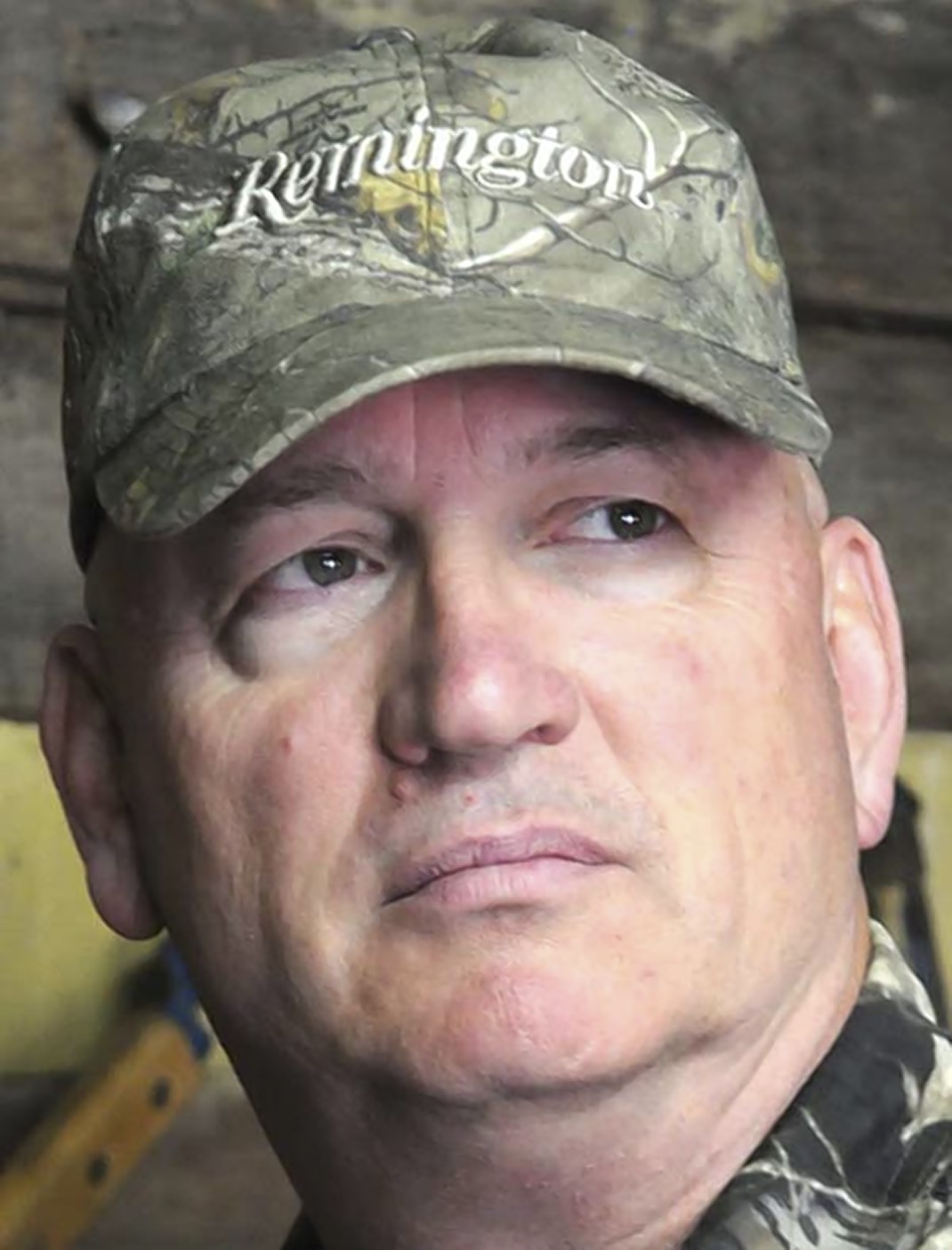An unarmed man can only flee from evil, and evil is not overcome by fleeing from it.
I happen to like guns, and I am certainly not ashamed of it. Some readers of this column are thinking, "Yeah, that is readily apparent," but in today's crazy world, I feel it is just better to be up front about it.
There are several classic firearms that have become iconic by virtue of brilliance in design and dependability. Many have intensely loyal and devoted followings, but none more than the Colt 1911 .45 ACP pistol.
As the 19th century turned into the 20th, the U.S. military began to search for a sidearm that would supply more knockdown power for close quarters, and in 1904 the famous Thompson-LeGrande tests were held to find a better sidearm for our troops. At the end of these tests, Col. John Thompson uttered the immortal words, "The pistol should not be less than .45 caliber."
I still marvel when I read that. Today, Col. Thompson would be subjected to a hail of criticism. The debate on the .45 versus the 9mm (and other cartridges) has long been standard fare for gun writers and barbershop bloviating.
Although the military tested guns for several years, several factors gave us the 1911 pistol. For instance, smokeless powder and the concept of a semi-automatic handgun were coming into vogue at about the same time.
The biggest factor, however, was a little bald guy from Utah named John Moses Browning.
He was raised in his father's gun shop and learned the basics of firearms engineering early, constructing his first firearm at the tender age of 13 and receiving his first patent at 24. He is possibly most regarded for his work with automatic and semiautomatic weapons, including the Browning .50 caliber machine gun and the Browning Automatic Rifle.
But to many, his greatest accomplishment will always be the 1911 pistol. In one phase of the grueling testing, the weapon fired more than 6,000 rounds in a two-day period. At one point, the pistol reportedly became so hot that bystanders figured it would need a cooling period.
Browning grabbed the weapon, dunked it in a bucket of water and immediately started firing again.
None of the other contenders could hang with the 1911. The US Army officially adopted Browning's .45 in 1911; the U.S. Navy and Marines followed in 1913. The 1911 was used in service from 1916 - when the U.S. Army went into Mexico looking for a bandit named Pancho Villa - through two World Wars, then Korea and Vietnam.
After WWII and the peace and prosperity that came with it, there was a boom in civilian shooting marksmanship programs. Many former servicemen stuck with the 1911 in their shooting endeavors, and an entire industry grew up from gunsmiths honing and adding to the pistol's design to make it more accurate.
The 1911 became the favorite of many in law enforcement as well. If you look for old photographs of soldiers or law enforcement officers training with the 1911, you will notice a lot of standing and firing the pistol one-handed, or the shooters will be crouched and firing from the hip.
This may be good for pictures, but it is not practical for combat. One of the first to notice this discrepancy and do something about it was a Marine officer named Col. Jeff Cooper. He took combat pistol training out of the dark ages and developed a system for fighting that became known as the "modern technique."
Among other factors, he taught us a method of a smooth draw; a strong two-handed grip on the weapon; quick, eye-level sight alignment; and rapid fire with accuracy. Cooper's teachings are now the basis for firearms training all over the world. Any police officer who has survived a firefight with a handgun in the past 50 years owes him a debt of gratitude.
Cooper loved the 1911 .45, and it is no accident his techniques are well-suited to this gun.
If you are one of those lucky individuals who have the original 1911 that Dad or Grandad brought back from overseas, I suggest you keep it, treasure it and don't let it get out of your family. Every time you hold it, think about the service it must have seen, the lives it may have saved and what a great country we live in.
I think John Browning and Col. Jeff Cooper would like that.
"The Trail Less Traveled" is written by Larry Case, who lives in Fayette County, W.Va., has been a devoted outdoorsman all of his life and is a contributing columnist for The Times Free Press. You can write to him at larryocase3@gmail.com.

